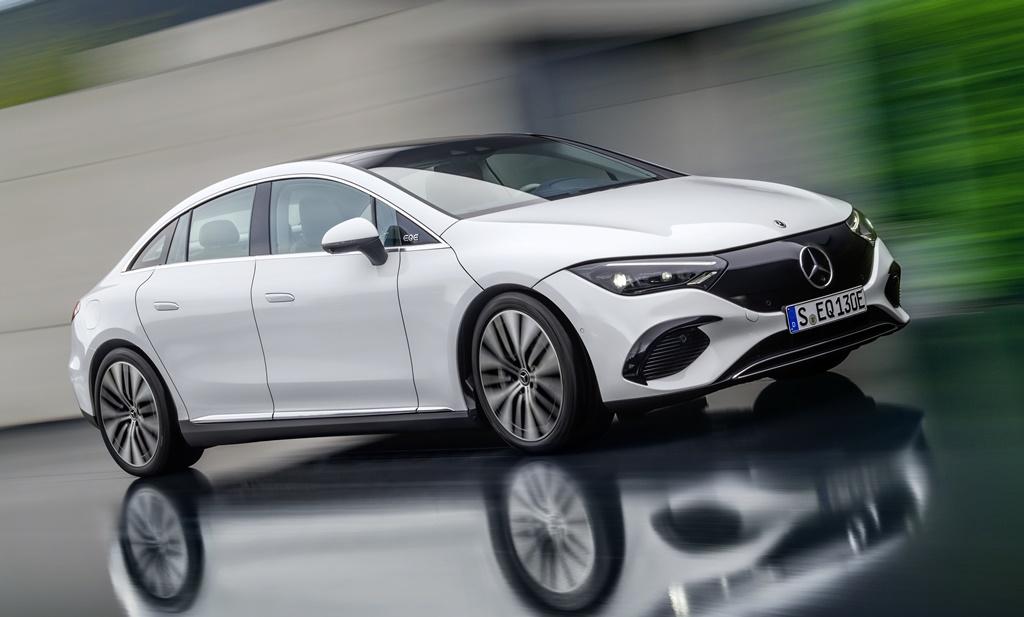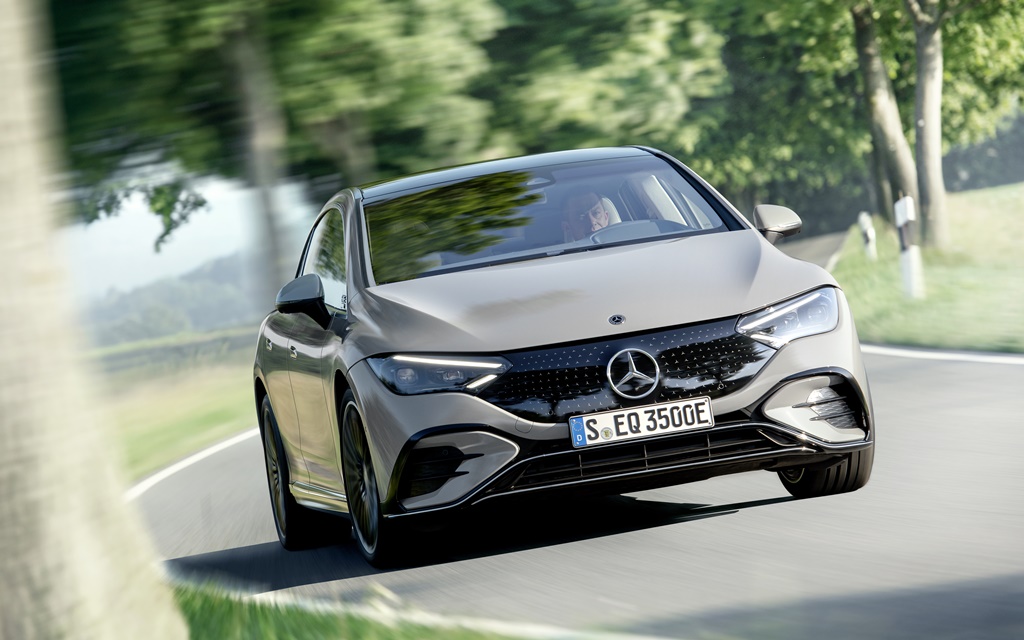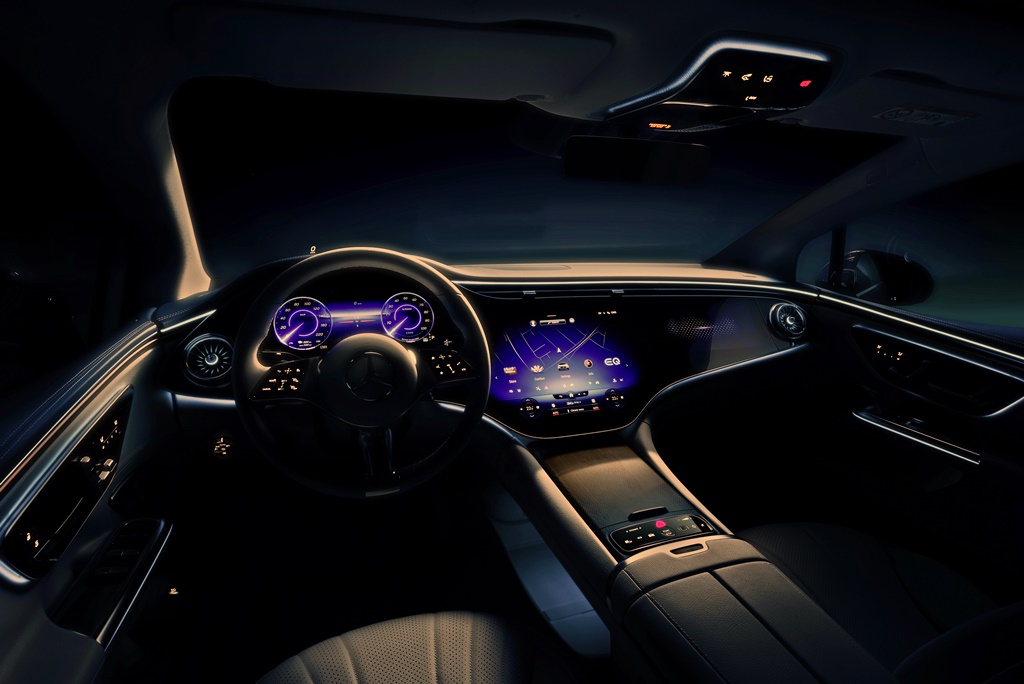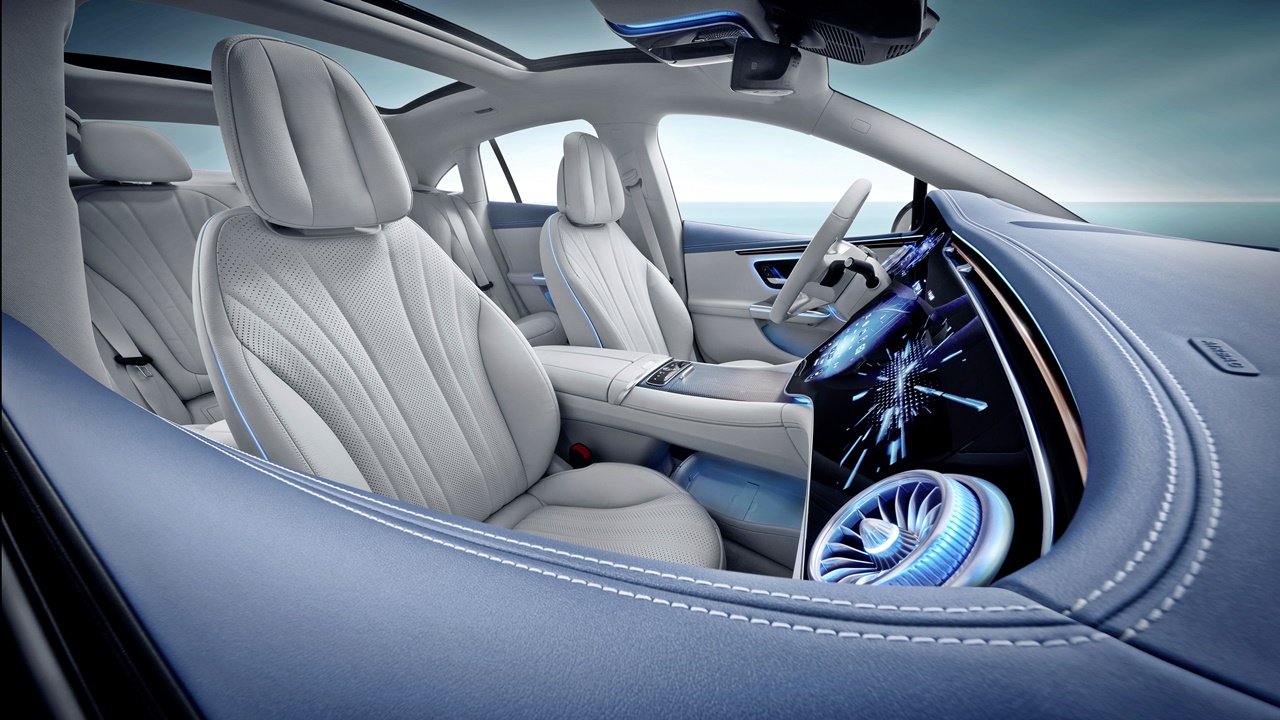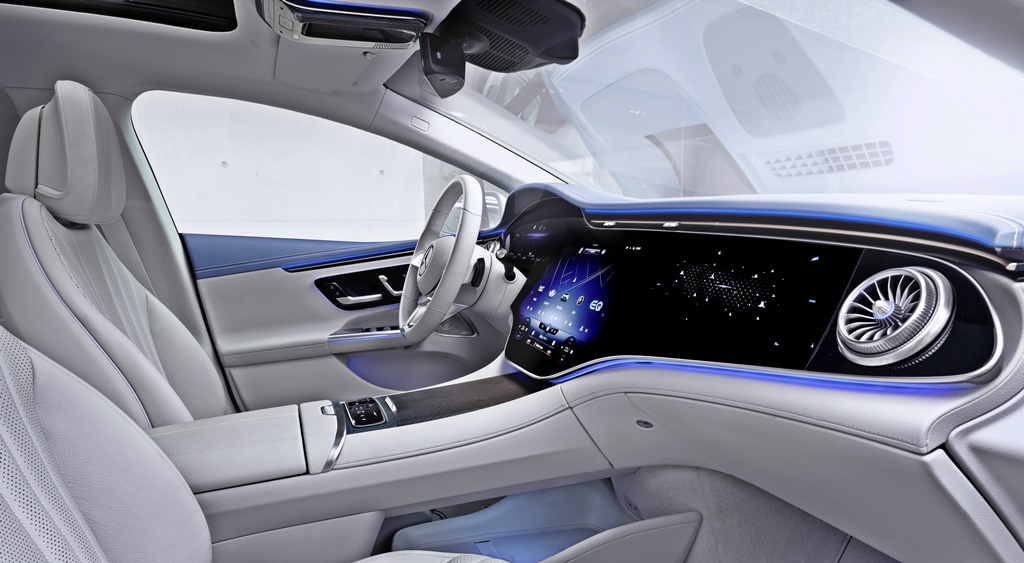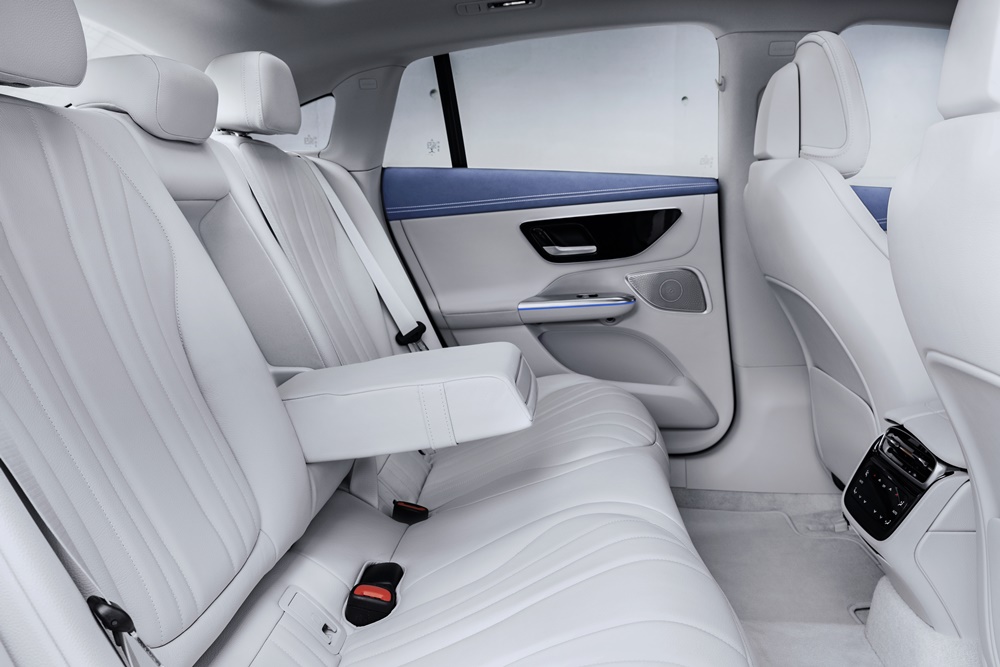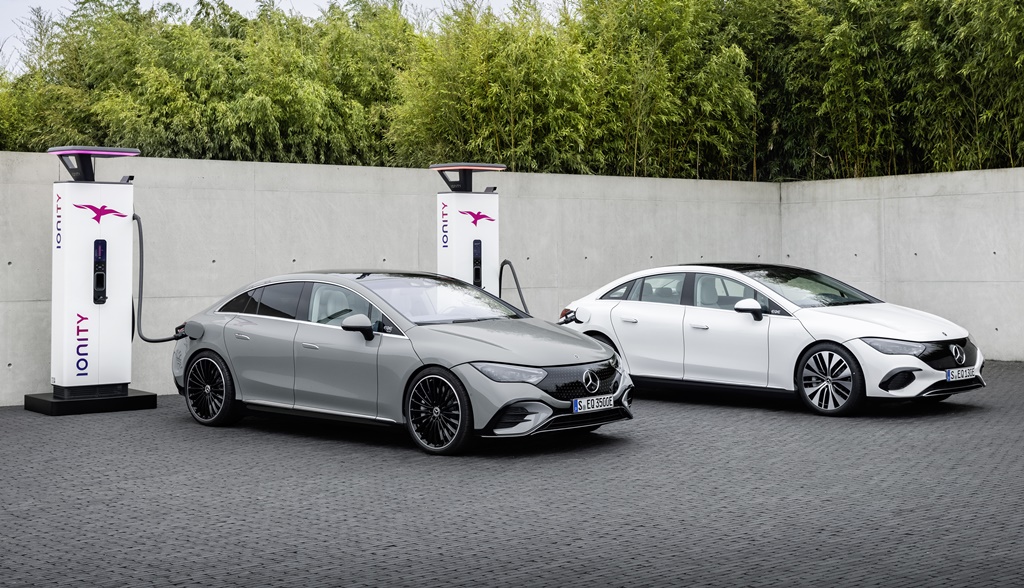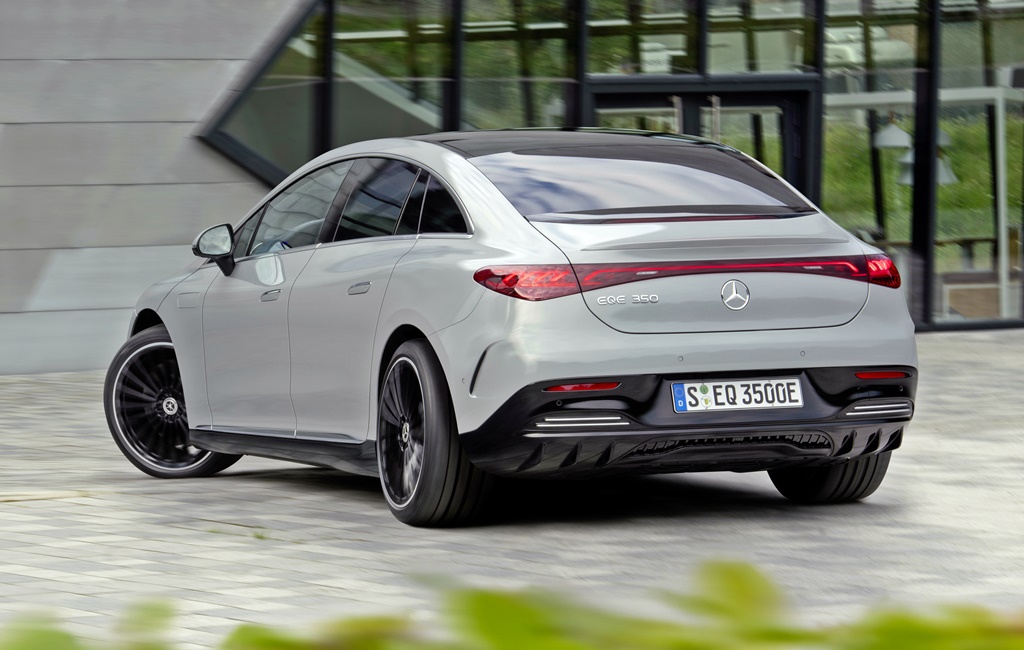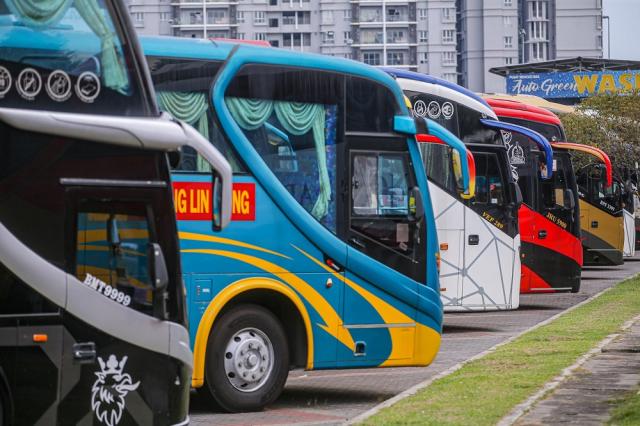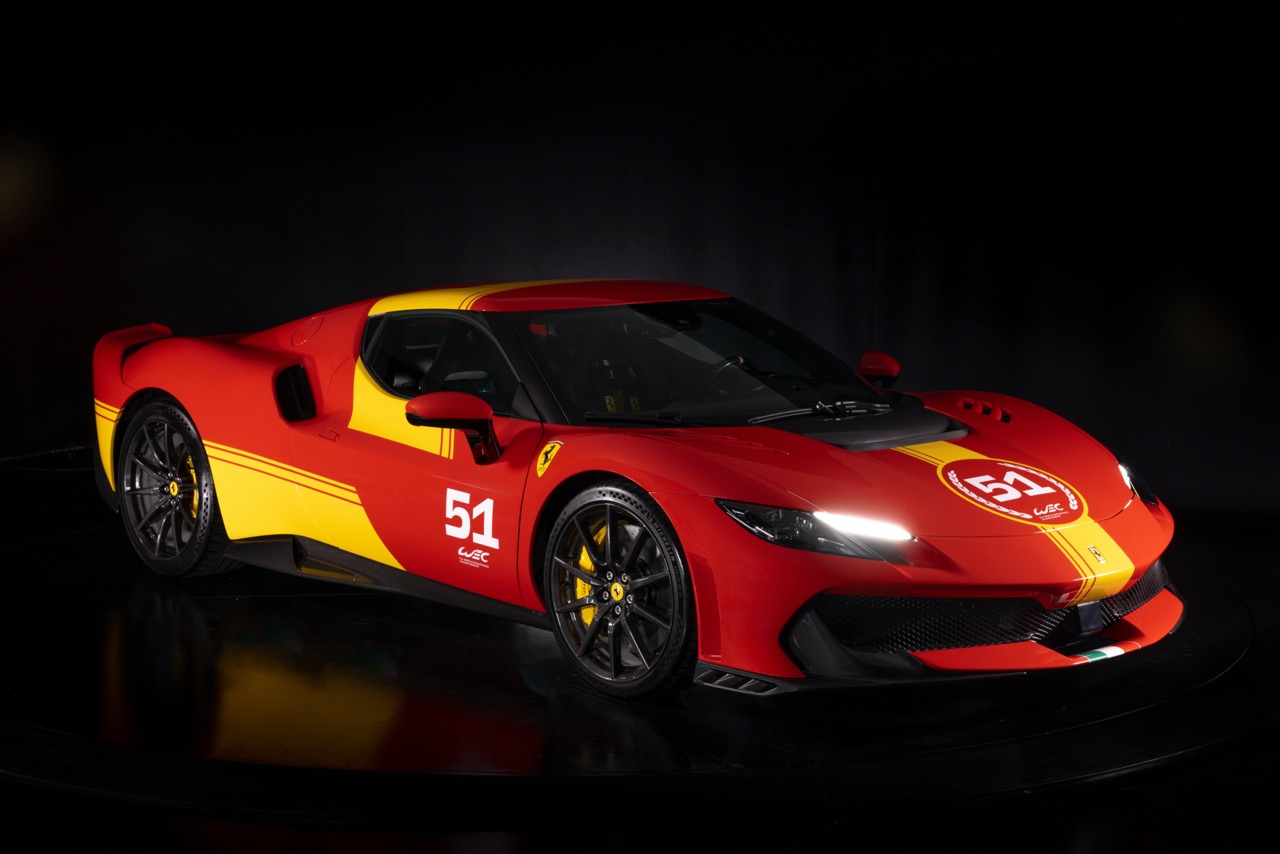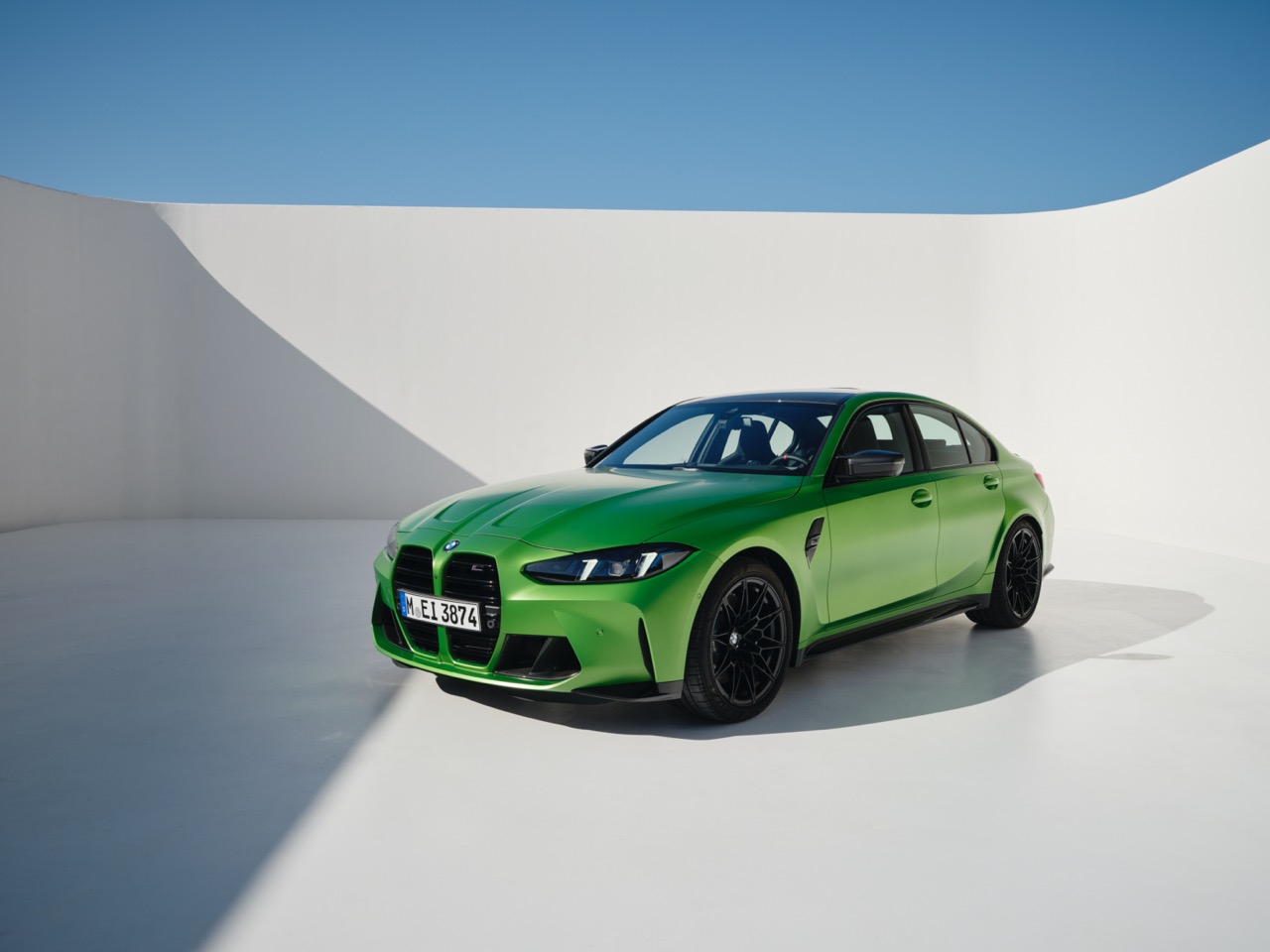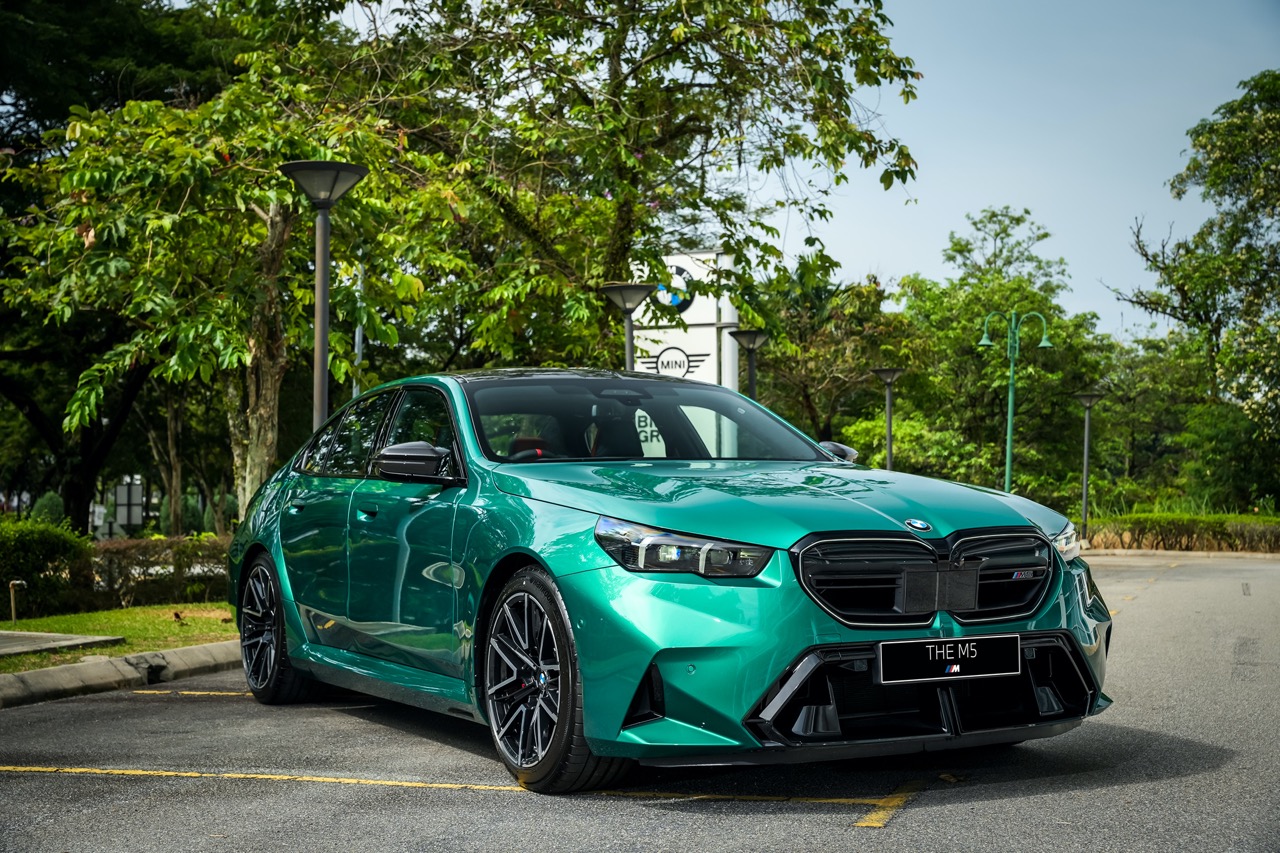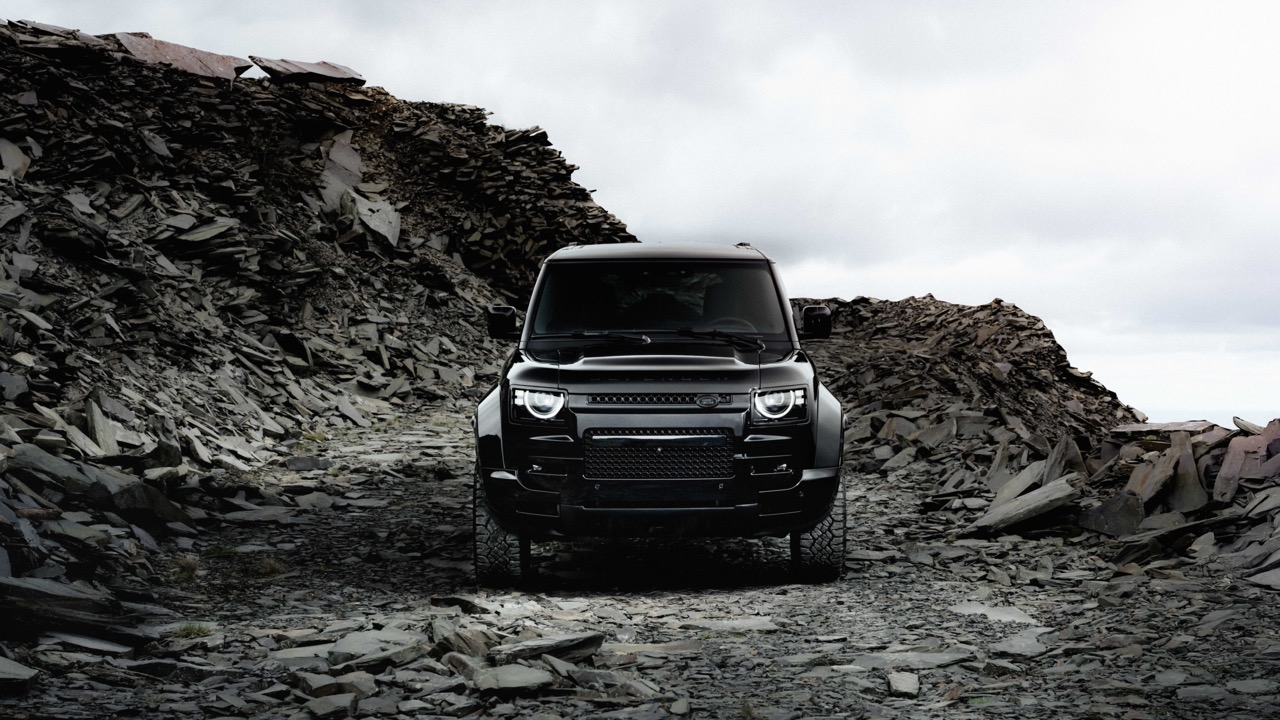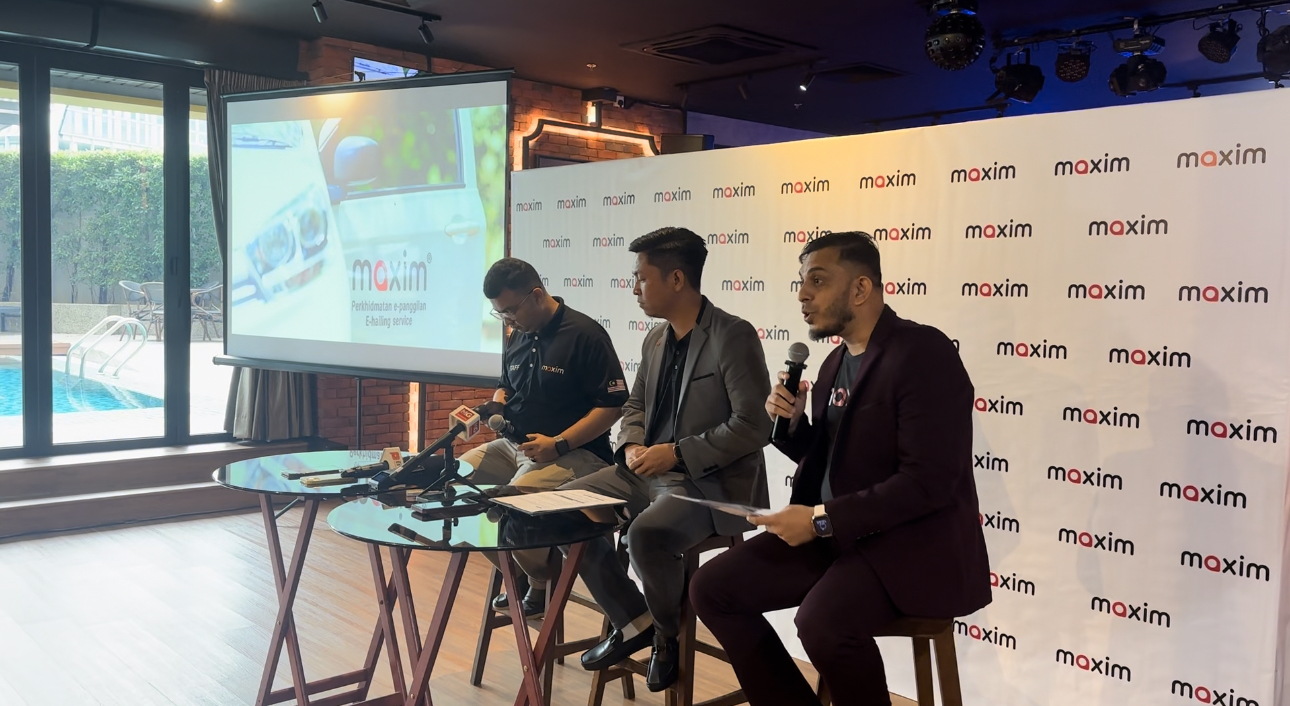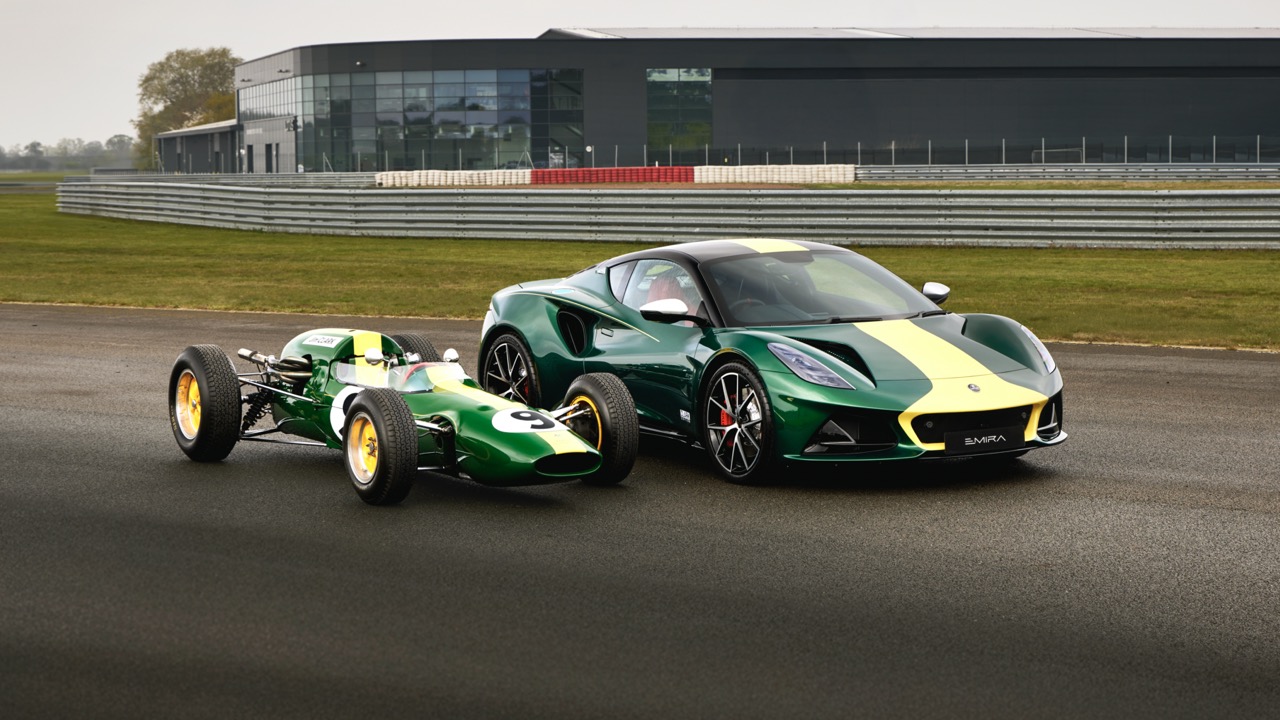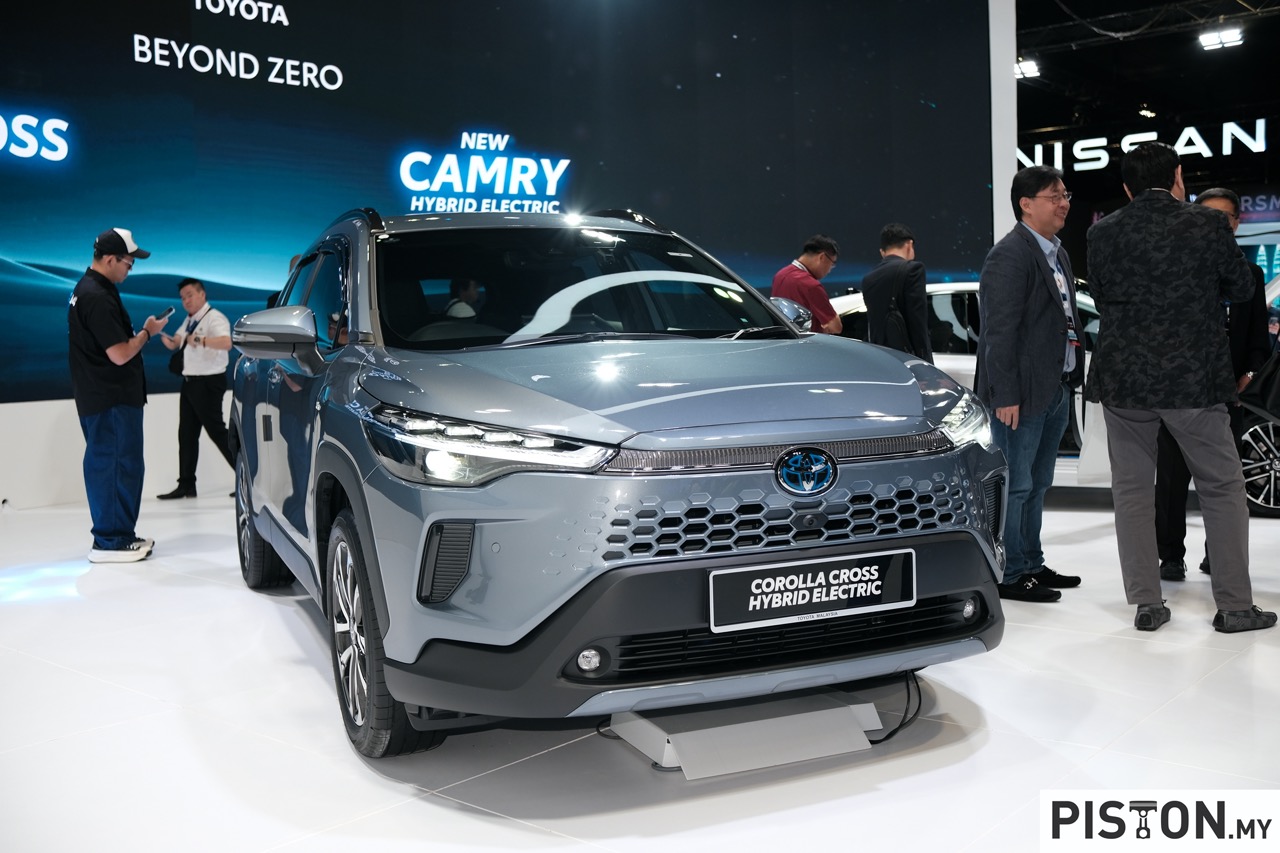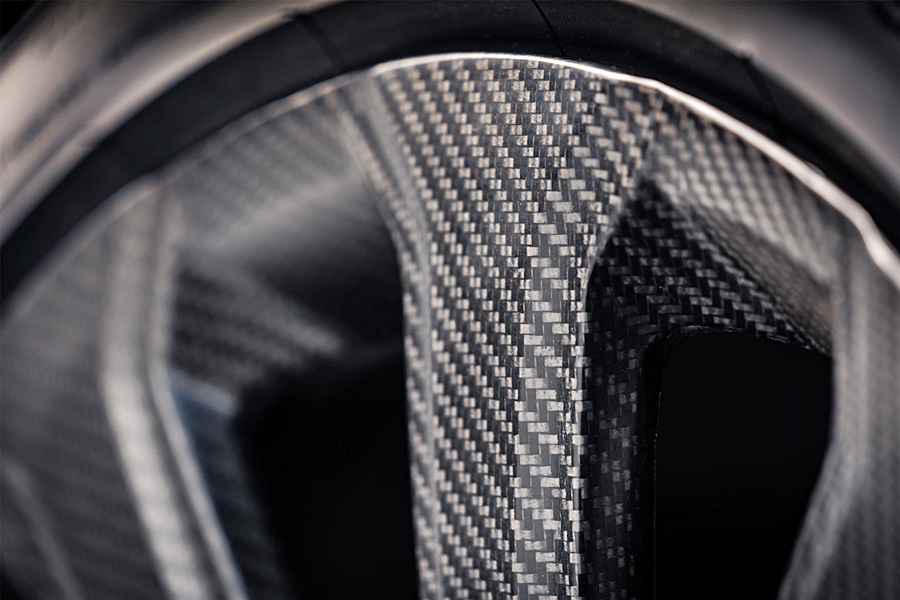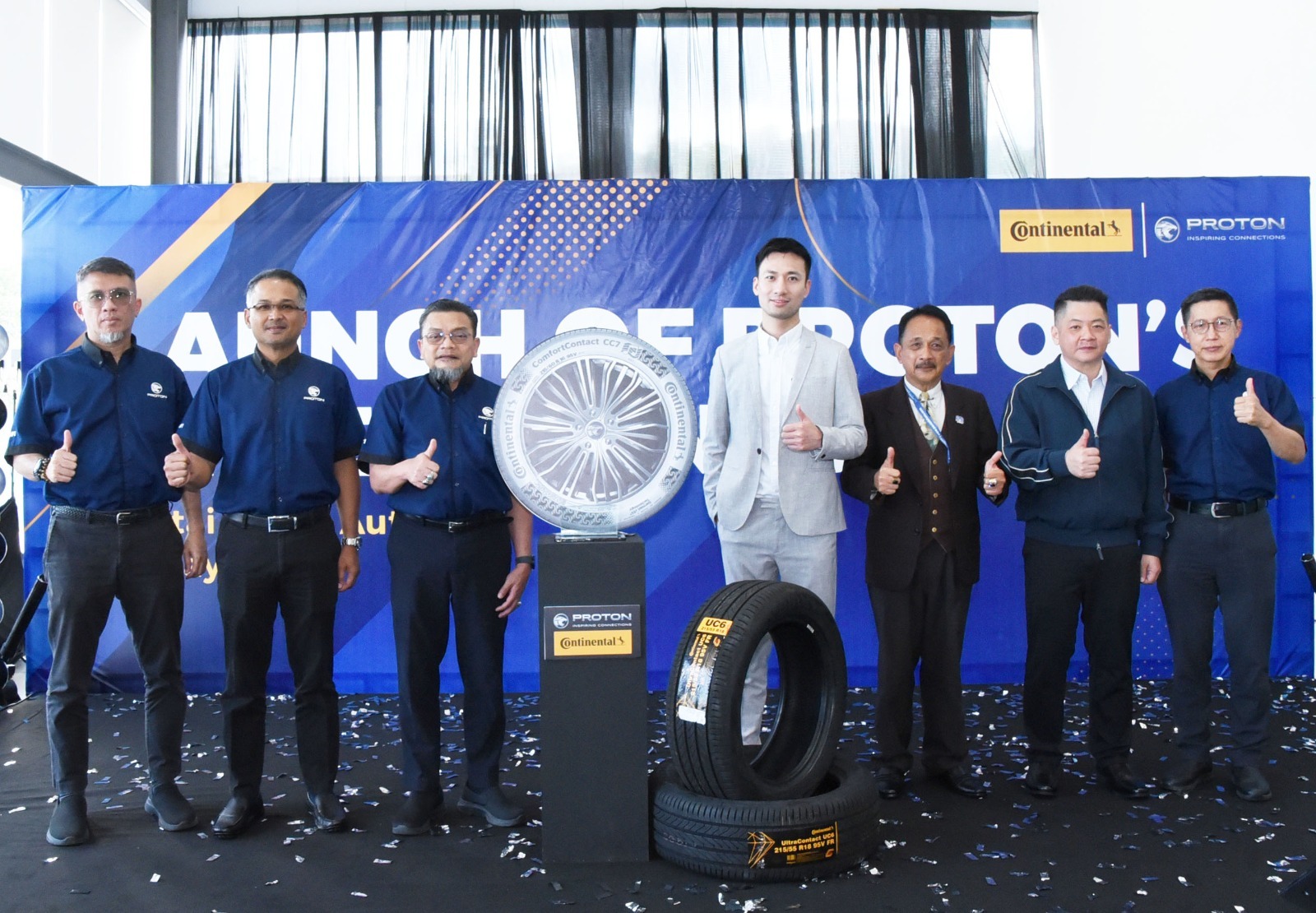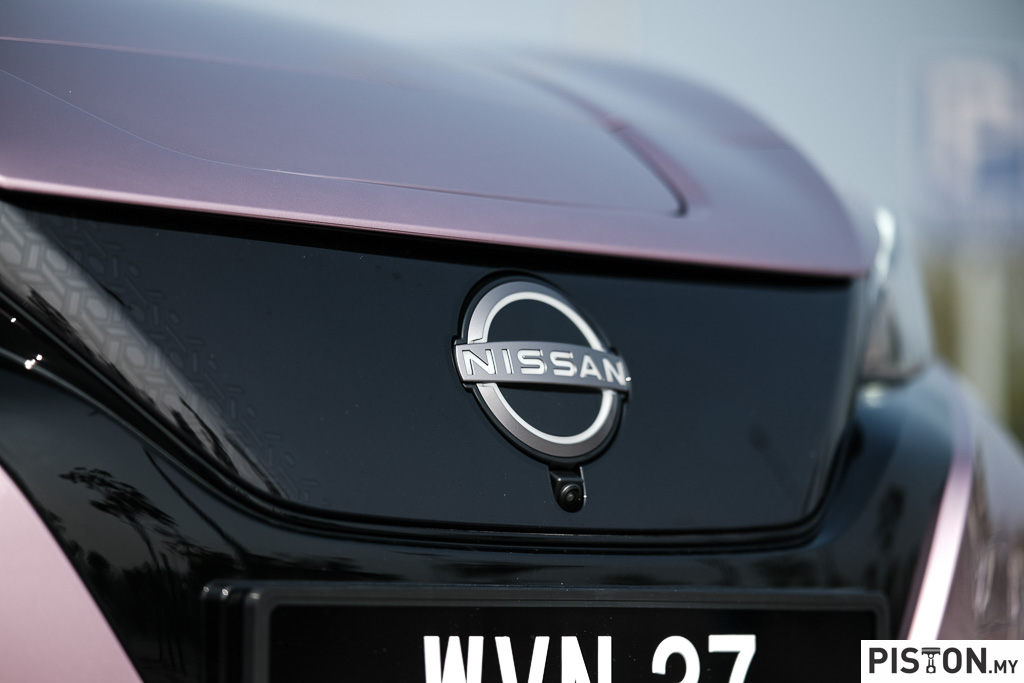Mercedes-Benz is steadily building up its Mercedes-EQ range of all-electric models and just a few months after the launch of the EQS flagship comes a smaller version – the EQE. As the last alphabet suggests, this would be positioned in the same way as the successful E-Class as a business sedan. It will be produced at factories in Germany as well as China (at a joint venture facility for that market only).
Compared to the EQS, the EQE has a more streamlined shape with a slightly shorter wheelbase, shorter overhangs and more recessed flanks to give a sportier image. The Sensual Purity design language is reflected in generously modelled surfaces, reduced joints and seamless transitions. Besides the pronounced muscular shoulder section, the rear gets a dynamic accent with a sharp rear spoiler to give an athletic character.
The overall body dimensions are comparable to those of the CLS but thanks to the EVA2 architecture that is dedicated to electric vehicles, the cabin space is more generous than the E-Class (W213 model) with 80 mm more length.
Unconventional interior design
With the optionally available MBUX Hyperscreen, the entire instrument panel is a single widescreen. This determines the aesthetics of the entire cockpit and interior. The high-resolution screens merge seemingly seamlessly under the shared glass cover, integrated into the instrument panel in minimalist fashion.
The 12.3-inch OLED display for the front passenger provides a personal display and control area. On it, the passenger can watch videos, TV or even wander around the internet. As a safety measure in some markets, an intelligent, camera-based blocking logic can be included. If the camera detects that the driver is looking at the front passenger display, the display will be automatically dimmed for certain content.
The vent band spans across the entire width at the top and is very slim at the same time. These extreme proportions, together with the glass wave of the MBUX Hyperscreen, create the avant-garde architecture of the cockpit. The outer nozzles feature a turbine design. They play on the theme hyperanalogue through the contrast between high-tech precision mechanics and digital, glass display world.
‘Zero-level’ design for MBUX
The EQE has the latest MBUX generation, introduced with the EQS. With adaptive software, the control and display concept completely adapts to its user and makes personalised suggestions for numerous infotainment, comfort and vehicle functions. Unlike the early systems with many layers in the menus, MBUX has a ‘zero-layer’ design so the user does not have to scroll through submenus or give voice commands. The most important applications are offered situationally and contextually on the top level in the field of view. In this way, the EQE driver is relieved of certain operating steps and can focus more on driving.
The EQE will come with the Electric Art interior ex-factory. Wraparound surfaces in the side bolsters of the seats enhance body support and stand in stark contrast to the seat centre panel which has a sophisticated seam pattern similar to a fan palm.
If the AMG Line interior is specified, there will be sports seats. These are characterised by a slim and monolithic shape and act like integral seats. The seat surfaces are designed in such a way that they give the impression of draped-on leather covers, a technical term known as ‘layering’.
Two models initially
The EQE 350 with 215 kW plus a second model will be the initial offering. All EQE models have an electric drivetrain (eATS) on the rear axle. The later performance versions (with around 500 kW) with all-wheel drive 4MATIC will also be equipped with an eATS at the front axle. The lithium-ion battery pack consists of 10 modules and has a usable energy content of 90 kWh. The innovative battery management software, developed in-house, allows updates over the air so that energy management remains optimised throughout the life cycle.
To avoid electric shocks and short circuits, Mercedes-Benz engineers developed a multi-stage high-voltage (HV) safety concept comprising 7 key elements. Alongside the battery, part of the high-voltage system includes all components with a voltage level higher than 48V. The protection concept provides a high degree of safety when driving, both during and after a crash. All HV components are protected with to the IP 6K9K class, which means that they are completely sealed against dust as well as protected against water when cleaned with high pressure/steam jets.
Special seals help to protect the HV components against water penetration. In flood situations, the components may be switched off by appropriate over-current protection measures, such as fuses. An electrical hazard can be ruled out as the HV voltages do not become accessible to the user despite water penetration and the HV system is deactivated immediately.
Integral Safety for all models
The principles of Integral Safety, in particular accident safety, apply regardless of the platform. Like all other Mercedes-Benz models, the EQE therefore has a rigid passenger cell, special deformation zones and modern restraint systems. With its new architecture for EVs, new possibilities for the safety concept were available. For example, a favourable location could be chosen for the installation of the battery, in a crash-protected area in the underbody. Because there is no large crankcase in the engine, the behaviour in a frontal crash could also be modelled even better. Internally the new body structure bears the designation ‘flat-floor concept’.




